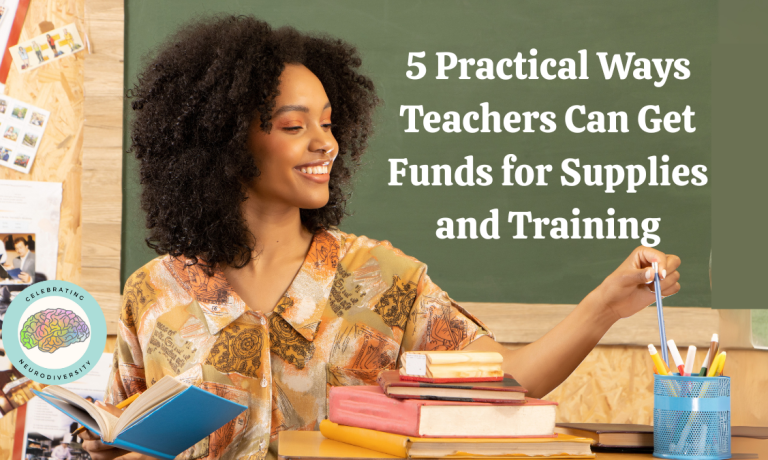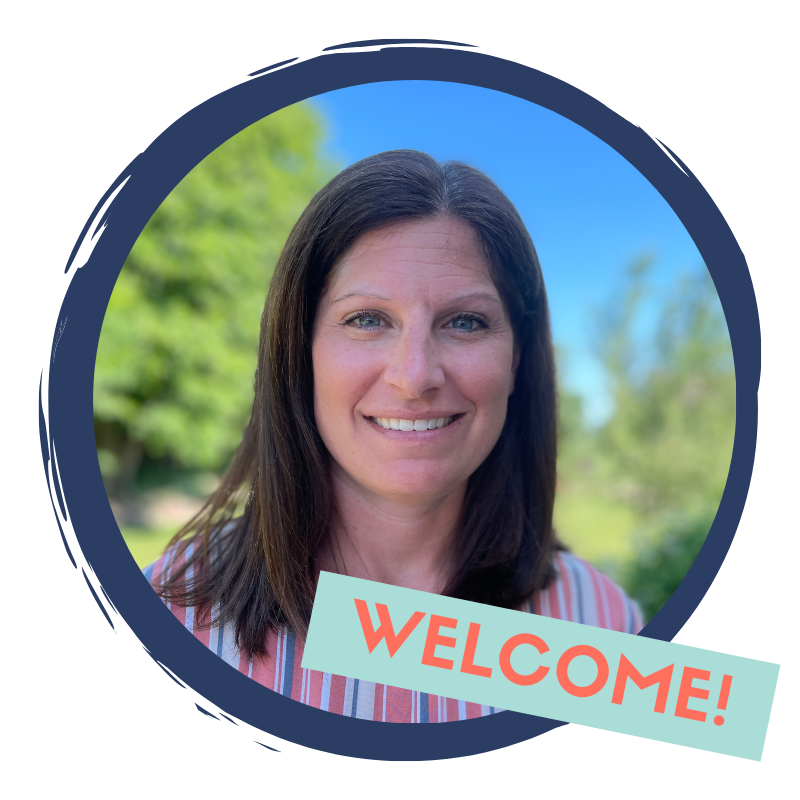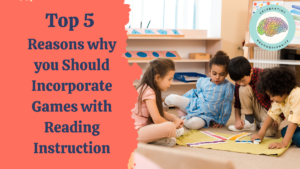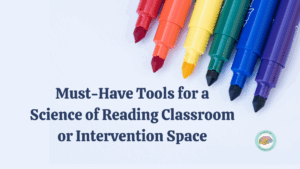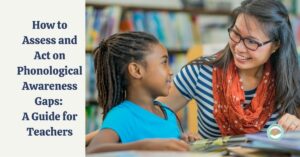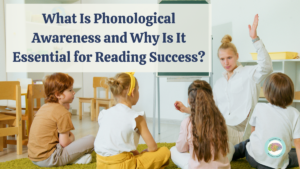Between classroom supplies, student incentives, and professional development, the costs can pile up fast. Over the years, I’ve spent hundreds of dollars on materials for my students. And on top of that, I’ve invested thousands of dollars in professional development including becoming Orton-Gillingham certified because I wanted to be the best teacher I could for my struggling readers.
I don’t regret those investments, but I also know the financial burden is one that many teachers shouldn’t have to carry alone.
The truth is, it doesn’t have to fall all on us. In this post, I’m sharing some practical ways you can access funds for both classroom materials and your own professional growth without draining your personal bank account.
Why This Matters
When teachers are equipped with the right resources and the right training, our students benefit. Structured literacy training, practical teaching resources, and intervention strategies directly impact student growth. When teachers are equipped with the right resources and the right training, our students benefit. That’s why understanding the Science of Reading is so important. It empowers teachers with the knowledge to make confident, effective instructional decisions.”
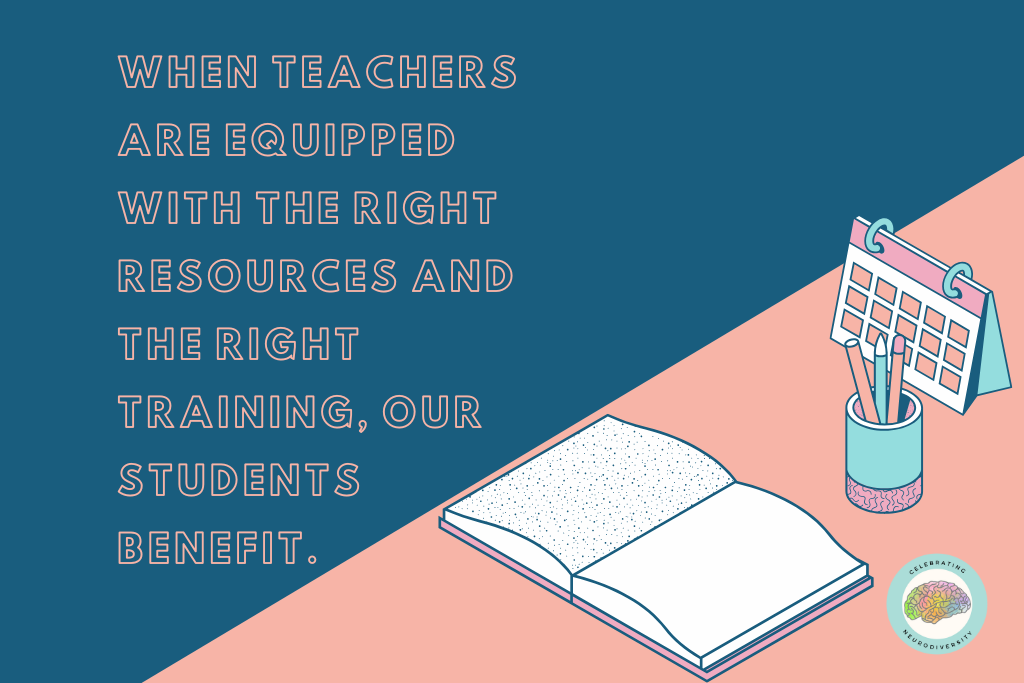
I know firsthand how powerful it can be to receive the right training. My Orton-Gillingham certification gave me the knowledge and confidence I needed to help my students thrive. But I also know how difficult it was to cover that cost myself.
That’s why finding ways to access funds is so important. You deserve to feel supported in your teaching and your students deserve to learn from a teacher who feels confident and prepared.
So how do we make it happen?
Strategies to Access Funds
Here are five practical ways you can get support for supplies and professional development.
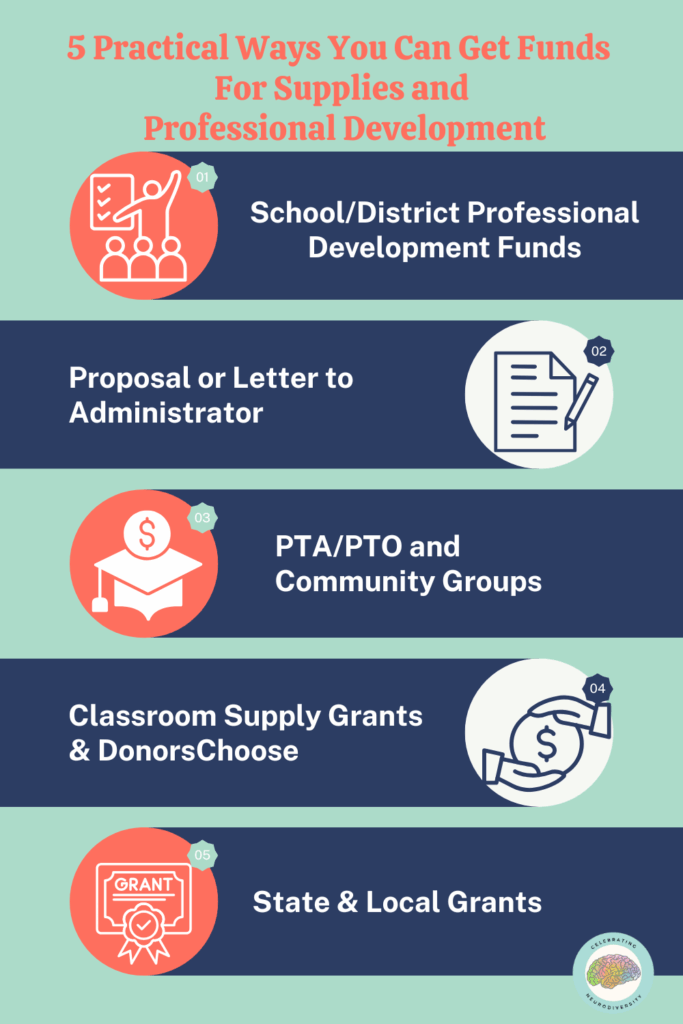
1. School/District Professional Development Funds
Many schools and districts already have money set aside for professional development but often it goes unused simply because teachers don’t realize it’s there.
The most common sources are Title funds:
- Title I: Supports schools with high percentages of students in poverty. Funds can often be used for professional development, especially if it relates to helping struggling learners.
- Title II: Specifically earmarked for teacher training and professional growth. This is one of the strongest options for covering structured literacy PD, memberships, or courses.
- Title III: Focused on English learners, but funds can also be used for literacy-related professional development that supports this population.
Tip: Talk with your administrator about whether these funds are available in your building. Frame your request around student outcomes, for example, how training in structured literacy will improve reading growth for at-risk students.
2. Administrator Letter/Proposal
Sometimes the simplest way to get funding is to ask directly. Writing a short proposal or letter to your administrator can make a big difference.
When you do this, focus on:
- The student need you’re trying to address (e.g., struggling readers, achievement gaps).
- The resource or training you want to access (membership, course, workshop, or tools).
- The outcomes you expect (stronger interventions, better data, improved fluency).
Administrators are much more likely to say “yes” when they see a clear link between your request and student achievement.
If you’d like a starting point, I’ve created an outline and sample letter you can adapt when approaching your admin. You’ll find it inside my Free Resource Library. Click Here to Grab it!
3. PTA/PTO and Community Groups
Don’t underestimate the power of parent organizations and local community groups. PTAs and PTOs often have funds that can be used for teacher projects or professional growth opportunities.
Community groups like Rotary, Kiwanis, or Lions Clubs are often eager to support local schools and classrooms. All it takes is asking.
4. Classroom Supply Grants & DonorsChoose
If your school doesn’t have the funds, there are many outside organizations that do.
Local education foundations are excellent places to start.
I know teachers who have had classroom libraries or sets of decodable books funded in just a few weeks through DonorsChoose. These platforms allow parents, community members, and even strangers across the country to invest in your classroom.
5. State & Local Grants
Many states and districts offer mini-grants for teachers. These grants may be small, but they can cover things like intervention materials, books, or funding for professional development.
Try searching “[your state] teacher grants” or visiting your Department of Education’s website. Even a few hundred dollars can go a long way in getting you what you need.
Here is a national option to explore:
- Fund for Teachers (up to $5,000 for individuals, $10,000 for teams).
A Mindset Shift: Investing in Yourself Is Worth It
Sometimes we hesitate to ask for funds because it feels selfish. But here’s the truth: investing in your professional growth isn’t about you, it’s about your students.

When you’re confident in your instruction, you make better decisions, target interventions more effectively, and ultimately help students succeed. That’s an investment every school should want to make.
The Bigger Picture: Building Ongoing Support
For years, I dreamed of having access to the right resources and the support of other teachers who understood my challenges. I didn’t want to spend hours piecing everything together on my own. I wanted a place I could turn to for answers, encouragement, and practical tools.
That dream is finally becoming a reality. My membership community is designed to give teachers confidence in structured literacy, access to ready-to-use resources, and a supportive community of educators who truly “get it.”
And the best part? It’s opening in just one week. 🎉
Final Thoughts
If you’re tired of paying out of pocket for everything, know that you’re not alone. There are resources out there, you just need to know where to look and how to ask.
Start with one of the strategies above this week. Send that email. Apply for that grant. Reach out to your PTA. Small steps lead to big gains, both for you and your students.
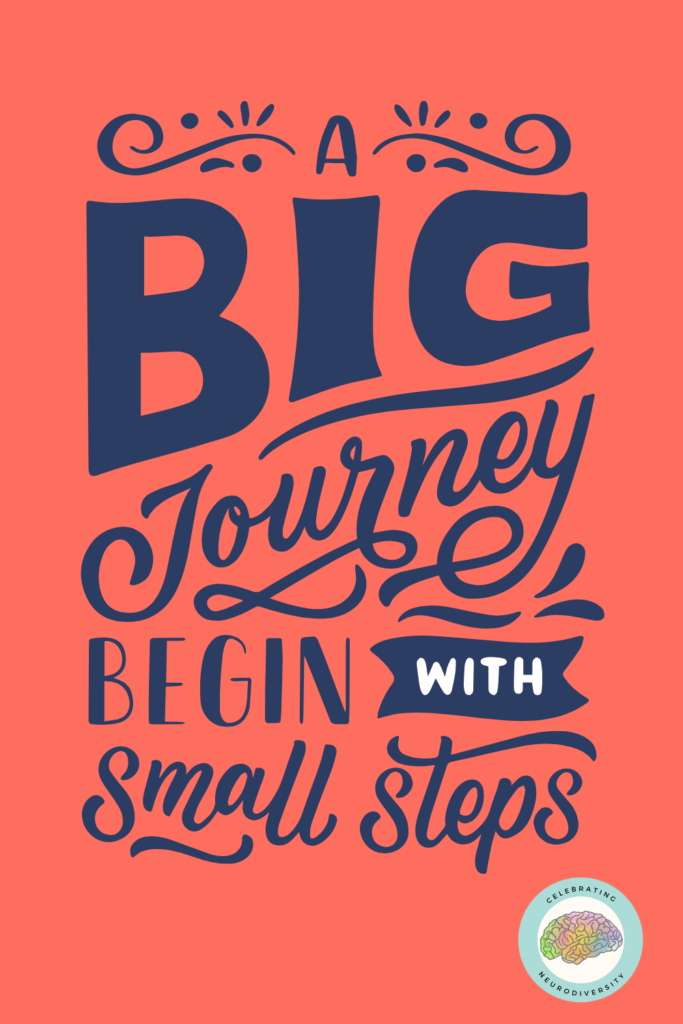
✨ Don’t forget: you can grab my sample admin letter and outline inside the Free Resource Library. Click Here

